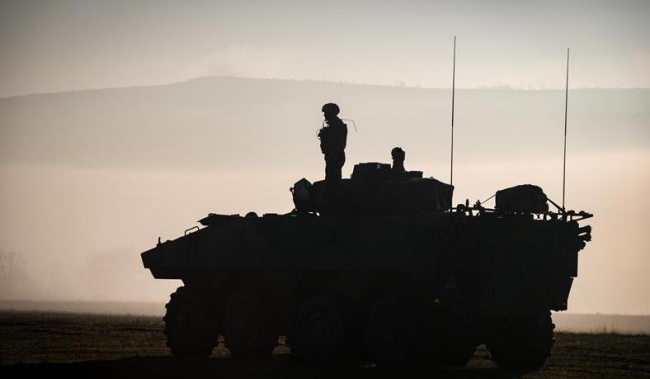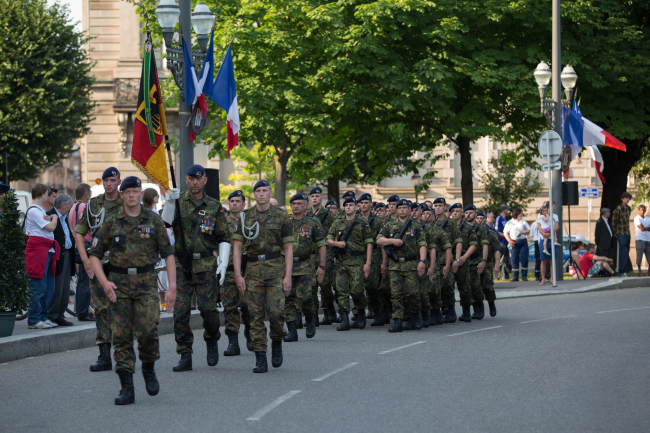The IDF on All Fronts: Dealing with Israeli Strategic Uncertainty

Facing threats on all its borders as well as social, economic and religious tensions, the Israeli Defense Forces (IDF) are now under significant pressure in accomplishing their core mission: the survival of the State of Israel.
While the post-Arab Spring Middle East appears driven by continuing political instability, endemic violence and terrorism, the IDF are attempting to maintain full-spectrum capability in order to respond to a variety of challenges, one at a time or all at the same time if need be. To that end, the IDF are considering both defensive and offensive strategies, the former involving a physical territorial fence, deterrence and missile defense, and the latter involving long-range strikes and raids by special operations forces. To deliver on that ambitious agenda, the IDF need to continue upgrading all their service components - ground forces, air force, navy, and increasingly important cyber force - in a way that is sustainable for both the country’s economy and its society.

Available in:
Regions and themes
ISBN / ISSN
Share
Download the full analysis
This page contains only a summary of our work. If you would like to have access to all the information from our research on the subject, you can download the full version in PDF format.
The IDF on All Fronts: Dealing with Israeli Strategic Uncertainty
Related centers and programs
Discover our other research centers and programsFind out more
Discover all our analysesThe Franco-German Brigade and the Revival of European Defense
One thing has been clear since Donald Trump's return to the White House: the very existence of the European unification project is threatened. Unless it develops a sovereign defense policy to counter the war in Ukraine and the weakening of American security guarantees, the European Union will continue to see its internal cohesion and external attractiveness wane.
Taking the Pulse: Can Europeans Build Their Independent Extended Nuclear Deterrent?
Confronted with a U.S. disengagement and the Russian threat, Europeans are reconsidering their stance on nuclear deterrence. Given the capabilities of the French and British arsenals, can Europe develop an independent nuclear deterrent?

RAMSES 2024. A World to Be Remade
For its 42nd edition, RAMSES 2024 identifies three major challenges for 2024.
A Transatlantic Defense Industrial Base? Two Contrasting Views
The evolving landscape of global defense cooperation has brought the transatlantic relationship between the United States (US) and Europe into sharp focus. As geopolitical tensions rise and the threat environment becomes more complex, the question of how Europe can best ensure its security while navigating its relationship with the United States has become paramount. This double feature report offers two contrasting views on the dynamics of US-Europe defense industrial relations, highlighting the challenges and opportunities that lie ahead for both parties.







